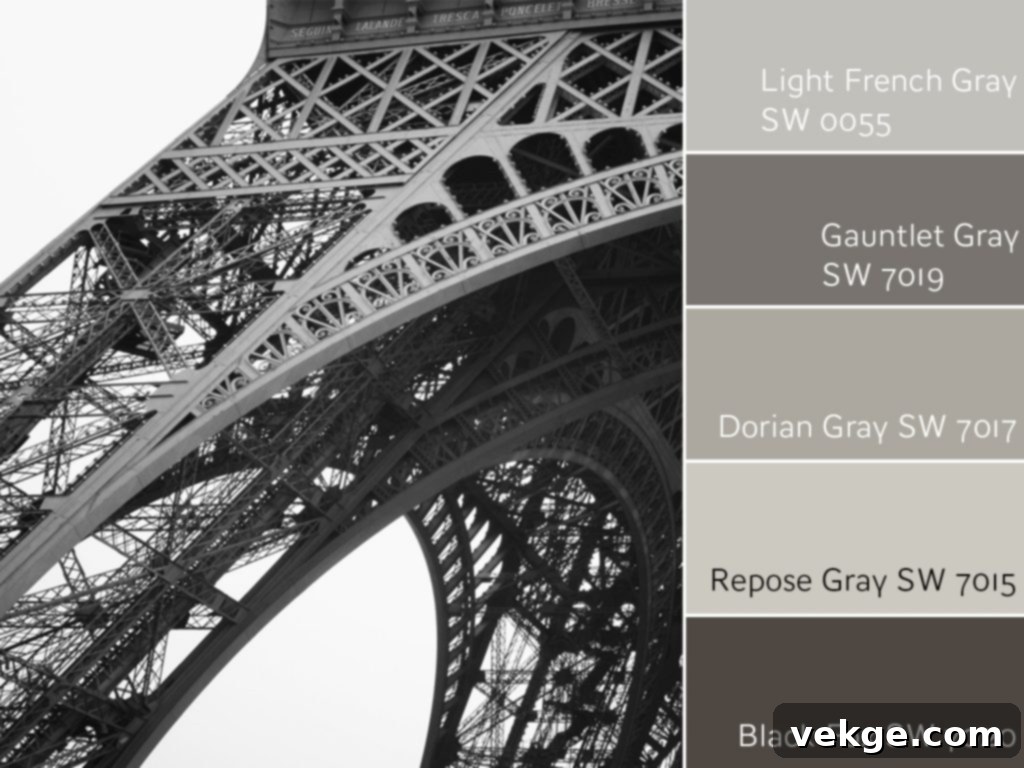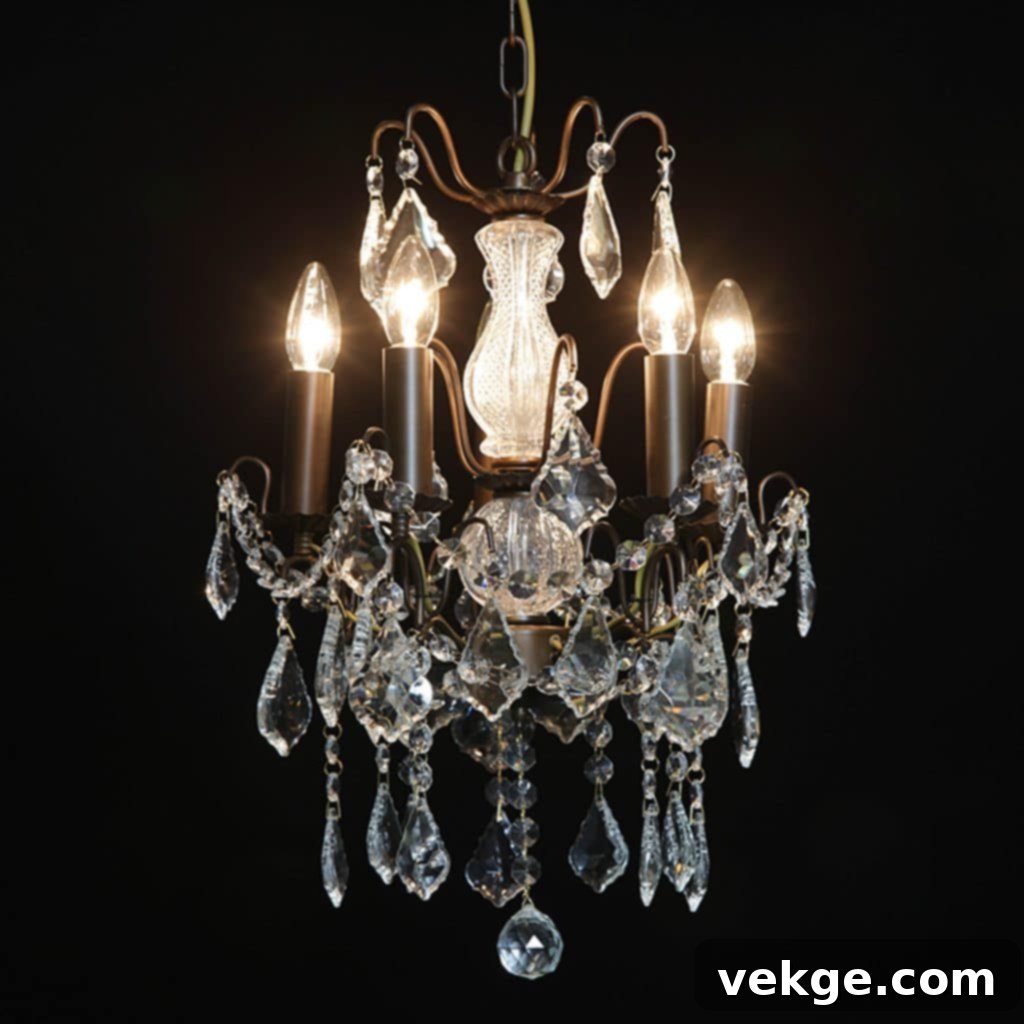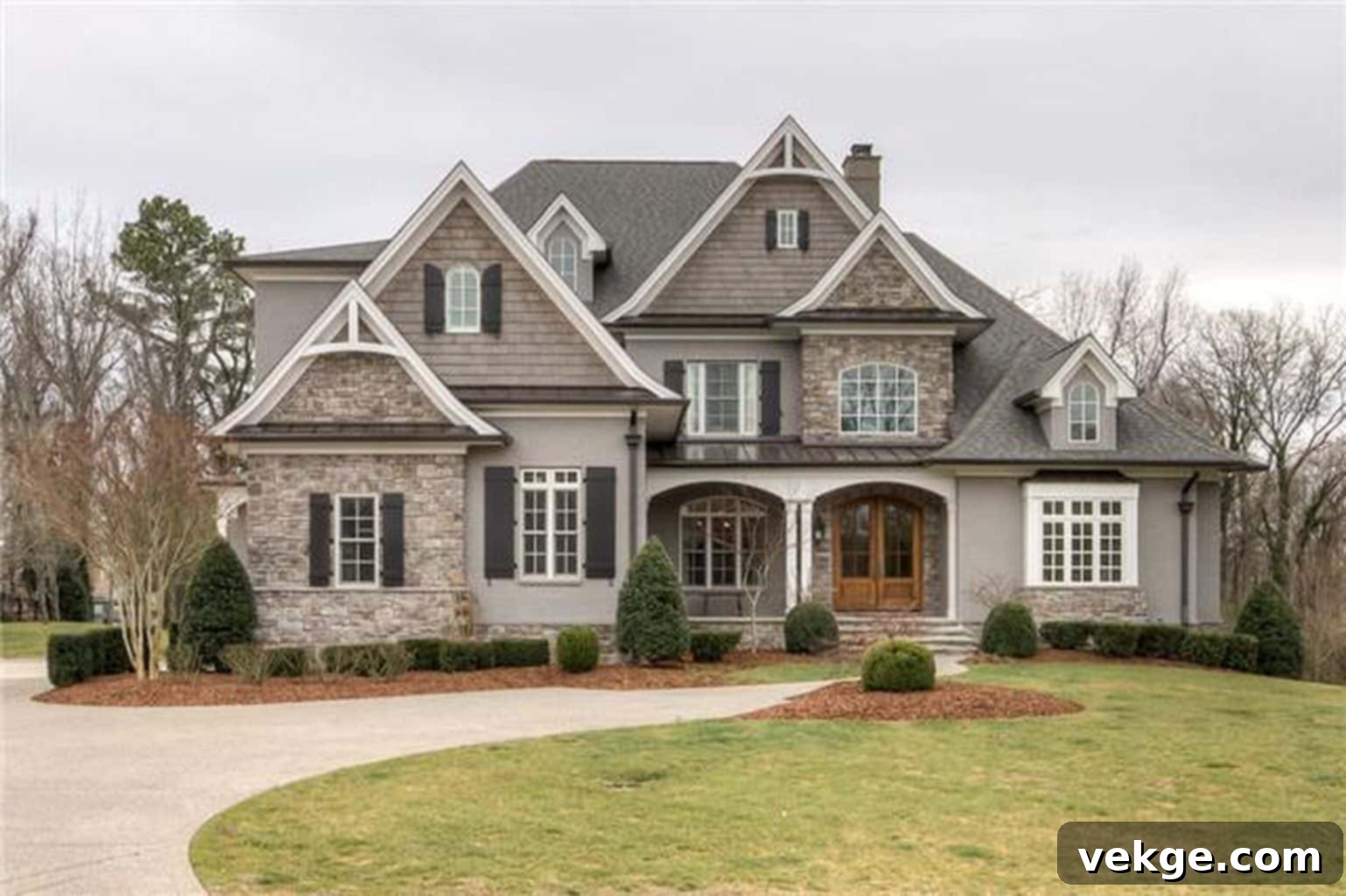Embrace French Elegance: Your Ultimate Guide to Creating Timeless Parisian Home Decor
The allure of French decor extends far beyond the borders of France itself, captivating enthusiasts and designers worldwide. Known for its distinct blend of sophistication and comfort, this interior style offers an effortlessly elegant look characterized by soft white walls, flowing linen curtains, cherished antique pieces, and vintage furniture.
While French interiors exude a sense of innate charm and ease, achieving that perfect, harmonious French vibe does require a thoughtful approach. It’s a delicate balance of careful planning and deliberate execution.
Are you eager to infuse your living space with the timeless beauty of French design? This comprehensive guide will take you through the essential elements, from the serene color palettes and rich textures to the art of ambient lighting and practical decorating tips. Prepare to curate a French sanctuary within your own home.
For those seeking a foundational understanding, our previous blog post provides a helpful recap of the key aspects of French provincial decor, setting the stage for our deeper exploration into the broader world of French aesthetics. Let’s begin our journey into classic French home design!
The Enduring Charm: Core Principles of French Aesthetics

True French aesthetics delve beyond mere surface-level decorating. At its heart, French interior design is a celebration of comfort, personal narrative, and an understated approach to luxury. It’s about creating a home that feels lived-in, cherished, and authentic, rather than a sterile showroom.
To truly grasp this philosophy, consider the following guiding principles that underpin every beautifully styled French home:
1. Less is More: The Art of Thoughtful Curation
The French approach to interiors prioritizes quality over quantity. Instead of filling spaces with numerous items, the focus shifts to a carefully curated selection of pieces that are truly meaningful, functional, and beautiful. This philosophy eschews clutter, advocating for a streamlined environment where each object has room to breathe and tell its own story.
Think of it as an investment in enduring style. A finely crafted wooden armoire, a classic chaise lounge, or an antique mirror are not fleeting trends but timeless pieces designed to withstand the test of time, both aesthetically and structurally. These are items that resonate with history and character, forming the backbone of a French-inspired home rather than mass-produced decorations that quickly lose their appeal.
2. Effortlessly Elegant: Embracing Imperfection and Authenticity
One of the most captivating aspects of French design is its embrace of imperfection. There’s no strict adherence to rigid rules; instead, there’s an appreciation for the natural wear and patina that objects acquire over time. This “lived-in” quality contributes to the unique charm and warmth of a French home, making it feel inviting and authentic.
Incorporating vintage household collections, cherished family heirlooms, or flea market finds adds immense depth and a sense of history. These pieces, with their slight nicks or faded finishes, are not flaws but rather badges of honor that tell a story, adding personality and soul to your space. The emphasis is firmly placed on comfort, character, and genuine warmth, rather than unattainable perfection.
3. Freedom to Mix Styles: A Symphony of Eras and Textures
As highlighted, French decor thrives on flexibility and personal expression. This means liberating yourself from the constraints of matching sets or adhering to a single historical period. Instead, French design encourages a playful and sophisticated blend of various styles, creating dynamic and visually rich interiors.
Imagine the striking juxtaposition of an ornate, 18th-century antique armchair placed beside a sleek, minimalist modern side table. Or perhaps a traditional, Persian-inspired rug anchoring a room furnished with contemporary throw pillows. This deliberate intermingling of old and new, rustic and refined, creates an intriguing dialogue between different eras and aesthetics. It’s a powerful way to inject your unique personal style and artistic vision into your living space, preventing it from feeling sterile or formulaic.
Building the Foundation: Colors, Textures, and Lighting in French Design
1. The Serene French Color Palette

The foundation of French decor is typically built upon a serene and sophisticated neutral color palette. Shades of white, cream, and soft grey serve as the predominant base colors, creating a canvas that feels both expansive and luxurious. These understated hues play a crucial role in reflecting natural light, making rooms appear larger, brighter, and more open. They also provide a perfect backdrop that allows carefully chosen furniture, art, and accessories to truly shine.
While neutrals set the tone, French aesthetics are far from monotonous. Subtle touches of accent colors are strategically introduced to add depth and visual interest. Imagine muted olive greens, delicate blush pinks, warm terracotta oranges, or soft lavenders – often inspired by the French countryside or classic art. These accent colors are typically used sparingly in textiles, artwork, or small decorative items, offering a delightful pop of color without overwhelming the calm elegance of the space.
2. Layering Textures and Natural Materials

A key aspect of French design, despite its “no rules” ethos, is the exquisite layering and thoughtful pairing of textures. This interplay of tactile elements adds profound depth, warmth, and a sensory richness to any room. You’ll often find a harmonious blend of luxurious fabrics such as soft linens, plush velvets, silken damasks, and sturdy wools, creating an inviting and comfortable atmosphere.
Furthermore, French designs profoundly embrace elements crafted from natural materials. Picture the solid, time-worn beauty of wooden furniture, from distressed dining tables to intricately carved armoires. Visualize fireplaces built from robust stone, or floors adorned with classic terracotta tiles, each bringing an organic, earthy feel. Wrought iron accents, ceramic decorative pieces, and natural fibers like jute or sisal also contribute to this authentic, grounded aesthetic, connecting the interior to the natural world and historical craftsmanship.
3. The Art of French Lighting: Creating Ambiance

Given that the entire ethos of French aesthetics revolves around creating a warm, cozy, and inviting atmosphere, harsh and overly bright overhead lighting is typically avoided. Instead, the focus is on layered, soft, and warm illumination to cultivate a soothing and intimate ambiance. This approach prioritizes mood and comfort above stark brightness.
Various light sources are strategically employed to achieve this. Elegant chandeliers, often with intricate details, provide a central glow without being overpowering. Complementing these are a variety of table lamps and floor lamps, which offer pools of soft light at different heights, adding depth and visual interest. Candles, with their flickering flames, are an excellent choice for enhancing the romantic and serene mood. Lighting is also strategically placed to highlight important elements in the room, such as a treasured antique showpiece, a captivating painting, or intricate architectural details, drawing the eye and emphasizing their beauty.
Bringing French Flair Home: Practical Decorating Tips
Having explored the foundational principles and key elements of French homes, let’s now delve into the practicalities. This section will empower you with actionable tips and inspirations, enabling you to confidently achieve an authentic French vibe in your own living space.
1. Immerse Yourself: Seek Inspiration from Authentic French Homes
What better way to understand and replicate French decor than by drawing inspiration directly from real French homes? Go beyond simply looking at images; try to absorb the mood and feeling they convey. Dive into high-end interior design blogs, glossy magazines, and online platforms like Pinterest and Instagram, which are treasure troves of French design aesthetics.
Embark on a virtual tour of Parisian apartments, charming countryside châteaux, and quaint provincial cottages. Pay close attention to their color palettes, the choices of furniture, the strategic use of space, and how different elements are combined. This immersive exploration will provide invaluable insights and inspire you to experiment with unique ways to incorporate French principles into your own home, understanding how designers achieve that coveted effortless elegance.
2. Curate Your Collection: Sourcing Furniture and Decor
While French decor often gives a luxurious impression, it doesn’t necessitate an exorbitant budget. The beauty lies in smart sourcing and thoughtful curation. You can unearth incredible pieces by exploring antique shops, local flea markets (known as brocantes in France), and vintage stores, where the thrill of the hunt is part of the charm.
Consider supporting local artisans who craft unique, quality pieces that resonate with French sensibilities. Alternatively, opting for well-made replicas of classic designs can be a cost-effective solution. Don’t underestimate the power of DIY projects; a fresh coat of paint or new hardware can transform an old piece of furniture, breathing new life into it. Embracing sustainable and economical choices is not just practical; it’s intrinsically French.
3. Master the Blend: Harmonious Mix of Styles
One of the most defining characteristics of French decor is the confidence to mix and match styles, periods, and origins. Do not be afraid to pair a cherished vintage find with a sleek, modern artifact. This dynamic interplay ensures your decor remains interesting, personal, and avoids a monotonous, overly coordinated look.
The art of mixing and matching modern and vintage elements allows you to showcase your evolving personal style and unique ideas. It’s about creating a cohesive narrative through contrast – perhaps an industrial lamp alongside a delicate Rococo side table, or abstract art complementing a traditional fireplace. The key is to find balance and allow each piece to contribute to the overall harmonious tapestry of your home.
4. Elevate with Art and Thoughtful Accessories
Art and accessories are the final touches that personalize and elevate a French-inspired space. Antique mirrors, often with ornate, gilded frames, are quintessential. They not only add a touch of historical grandeur but also cleverly reflect light, making rooms feel larger and brighter. Depending on your preference and the overall aesthetic, contemporary mirrors can also be integrated for a fresh twist.
Beyond mirrors, carefully selected paintings, framed photographs, and sculptures can be gathered to create a captivating gallery wall or arranged artfully on shelves and mantelpieces. This approach provides a cohesive look with immense visual depth. Don’t forget the power of fresh flowers in elegant vases, a stack of beautiful books, luxurious throws draped over furniture, and small, decorative objects that speak to your taste, all contributing to the refined and inviting atmosphere.
Summing Up Your Journey to French Elegance
When we envision French decor, images of pristine white walls, exquisite artifacts, sparkling antique chandeliers, and elegant, understated furnishings immediately come to mind. These elements, while diverse, share a common thread: they convey an impression of timeless luxury and refined taste, yet remain approachable and comfortable.
This guide has holistically explored every important facet of decorating a home in the French style. We’ve delved into characteristic features, such as the calming neutral walls often punctuated with a sophisticated pop of color, and the pervasive use of natural elements that ground a space in authenticity and history.
Ultimately, the beauty of French interior design lies in its liberating absence of rigid rules. It’s not about strict adherence to a formula but about embracing a philosophy of comfort, authenticity, and personal expression. We encourage you to look around, draw inspiration from diverse sources, and infuse your unique personality into every choice. Your journey to creating a truly elegant and inviting French home is an exciting and personal one.
Did you enjoy discovering the captivating world of French decor? We’d love to hear your thoughts and insights. Please feel free to comment and share your views with us!
